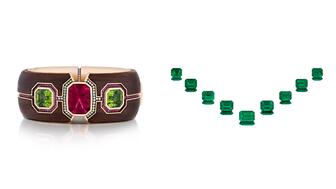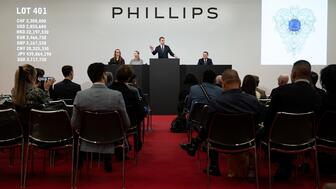A 43-carat sapphire brooch from the Vanderbilt collection was the top lot of the Geneva sale.
Gold Passes $2K Per Ounce as Jewelry Demand Plummets
And the price is likely to keep rising this year.

London—The story of gold jewelry demand and price in the first half of the year is inextricably linked to the COVID-19 pandemic.
As nations across the world enacted lockdown restrictions, primarily during the second quarter, to slow the spread of the coronavirus, demand for both gold and gold jewelry plummeted, the World Gold Council said in its most recent Gold Demand Trends report.
Even as the pandemic severely hampered consumer demand, it also provided an opportunity for investment, with central banks and governments fueling record flows into gold-backed ETFs, lifting the gold price to record highs in several currencies.
As of Friday, the precious metal was trading at $2,034.80 per ounce, according to Kitco.com, a major increase since the start of the year.
In January, the gold price averaged $1,560.67, Kitco charts show.
The gold price continued to rise until mid-March, when it fell to a low of $1,474.25 as governments worldwide began enacting stay-at-home orders.
Then it began its rise again, increasing every month until it passed the $2,000-per-ounce price point in August, reaching its highest point in eight years.
And it doesn’t seem likely it will level out anytime soon, according to some experts.
A few sources have predicted the price of gold could increase to as much as $3,000 per ounce within the next 18 months or even by year’s end.
As the gold price continues its climb, jewelry demand has gone the other way.
According to the World Gold Council, gold jewelry demand was nearly cut in half during the first half of the year, falling 46 percent year-over-year to 572 tons, which it said is the lowest since it started keeping track.
It’s also around half of the 10-year average of 1,106 tons.
In Q2, demand reached a quarterly low of 251 tons, a 53 percent decline year-over-year, as consumers across the world felt the effects of lockdown and the resulting economic slowdown.
In the U.S., demand lost some of the momentum it had gained in recent years, falling 34 percent year-over-year in the second quarter to 19.1 tons, the lowest quarter in WGC’s series.
H1 demand was also down, declining 21 percent to an eight-year low of 41.9 tons.
WGC said store closures due to COVID-19 were the “clear reason” for the decline, made even more severe because the lockdown encompassed two holidays—Easter and Mother’s Day.
Demand “collapsed” in April
While the U.S. experienced a drop-off, China and India were the biggest contributors to the global demand decline in the first half of the year, WGC said. Their size when compared to the rest of the world means weakness there has “an overwhelming impact” on global demand.
Q2 jewelry demand in China fell 33 percent year-over-year to 90.9 tons, resulting in a 52 percent decline year-over-year in the first half of the year to 152.2 tons, its lowest H1 since 2007.
As the earliest market to emerge from lockdown, China was the only one to see a quarter-over-quarter recovery from “extreme Q1 weakness,” WGC said, and a “sizable” rebound in jewelry demand from the first quarter to the second.
Even with the upswing, first-half demand in the country remained “muted,” with retailers attributing the weakness to high gold prices, falling disposable incomes, and a greater preference for lighter-weight gold jewelry products.
Q2 gold jewelry demand in India plunged due to the country’s lockdown, the loss of a festival buying occasion and the higher gold price, declining 74 percent year-over-year to 44 tons, the lowest quarterly total in WGC’s series “by some margin,” it said.
This meant H1 demand was down 60 percent to an all-time low of 117.8 tons.
The country’s lockdown lasted from late March until mid-May, running through the important gold- buying festival of Akshaya Tritiya, with sales “trivial” when compared with the previous year as stores remained closed.
As restrictions eased in the middle of the second quarter, activity picked back up in some regions.
June saw further improvement but a lack of weddings and auspicious holidays in the month, as well as recurring lockdowns and the high gold price, hampered any meaningful recovery.
Gold jewelry demand in Europe also fell to an all-time low.
The second quarter was down 42 percent year-over-year to just 8.2 tons, taking the first-half total down 29 percent to 19 tons.
The Latest
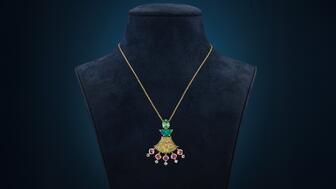
Rau is a fourth-generation art and antique dealer from M.S. Rau gallery whose first jewelry collection merges artifacts with modern design.

Former De Beers sustainability leader Purvi Shah will take over the role in February 2026.

How Jewelers of America’s 20 Under 40 are leading to ensure a brighter future for the jewelry industry.
La Joux-Perret is based in La Chaux-de-Fonds, Switzerland, and makes solar quartz as well as mechanical watch movements.


She previously taught at Gem-A and is the founder of The Gem Academy.

The British actress and her daughter modeled pieces from the brand’s new “Palette” capsule for its “Once Upon a Time” holiday campaign.

Roseco’s 704-page catalog showcases new lab-grown diamonds, findings, tools & more—available in print or interactive digital editions.

Plus, the tech giant shares the steps retailers should take if they believe they’re a victim of a review extortion scam.

Danny and Gaby Shaftel are now Shaftel Diamonds’ CEO and chief operating officer, respectively.

The jewelry manufacturer’s seasonal offering features its new “Melodie” bangles, as well as mini stud earrings and layering pieces.
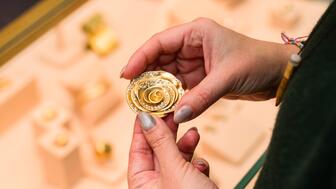
With more than 140 activations taking place in New York City now through Nov. 23, these 12 events are can’t-miss moments.
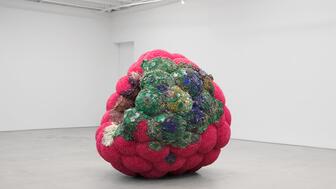
The artwork is part of an exhibition featuring works by Kathleen Ryan, an artist known for her gemstone-studded rotting fruit sculptures.
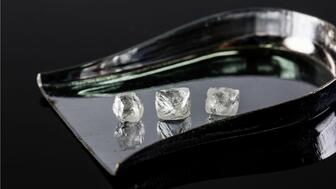
Mark Wall, president and CEO of Canadian mining company Mountain Province Diamonds, will vacate his position next month.

Faustino Alamo Dominguez and his son, 25-year-old Luis Angel Alamo, were gunned down following an armed robbery at their jewelry store.

Tiffany & Co. veteran Jeffrey Bennett has stepped into the role.
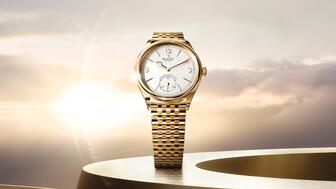
The Swiss government announced the deal, which cuts the tax on Swiss imports by more than half, on social media Friday morning.
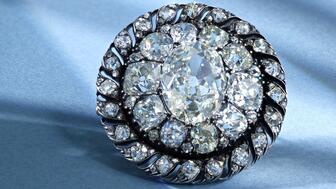
A buyer paid $4.4 million for the piece, which Napoleon wore on his hat for special occasions and left behind when he fled Waterloo.
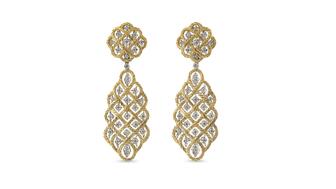
Plus, how tariffs and the rising price of gold are affecting its watch and jewelry brands.
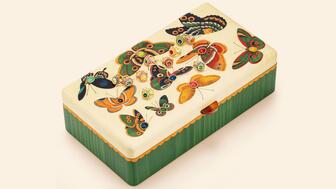
Furmanovich designed the box to hold Mellerio’s “Color Queen,” a high jewelry collection consisting of 10 rings.
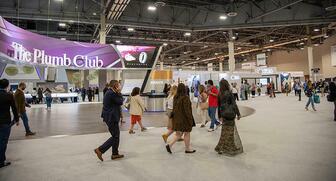
Jennifer Hopf, who has been with JCK since 2022, will lead the execution of the long-running jewelry trade show.
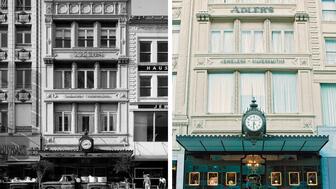
Adler’s Jewelry is set to close its two stores as 82-year-old owner Coleman E. Adler II retires.

Founder Jim Tuttle shared how a dedication to craftsmanship and meaningful custom jewelry fueled the retailer’s double-digit growth.
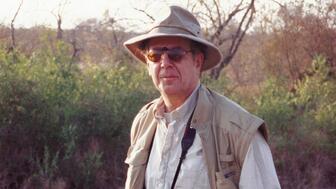
The third-generation jeweler is remembered as a passionate creative with a love of art, traveling and sailboat racing.

JSA and Cook County Crime Stoppers are both offering rewards for information leading to the arrest of the suspect or suspects involved.
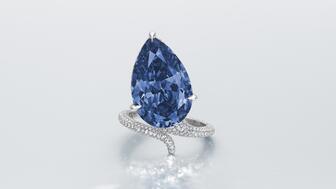
A buyer paid $25.6 million for the diamond at Christie’s on Tuesday. In 2014, Sotheby’s sold the same stone for $32.6 million.

Mercedes Gleitze famously wore the watch in her 1927 swim across the English Channel, a pivotal credibility moment for the watchmaker.


